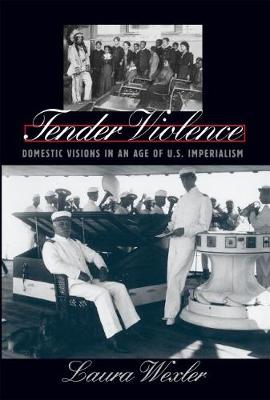Cultural Studies of the United States
1 total work
Laura Wexler presents an incisive analysis of how the first American female photojournalists contributed to a ""doctrine vision"" that reinforced the imperialism and racism of America around the dawn of the 20th century. These women photographers, white and middle class, constructed images of war disguised as peace through a mechanism Wexler calls the ""averted eye"", which had its origins in the private domain of family photography. Wexler examines the work of Frances Benjamin Johnston, Gertrude Kasebier, Alice Austen, the Gerhard sisters and Jessie Tarbox Beals. The book includes over 150 photographs taken between 1898 and 1904, such as photos Johnston took aboard Admiral Dewey's flagship as it returned home from conquering Manila, Austen's photos of immigrants at Ellis Island, and Beal's images of the St Louis World's Fair of 1904. In a groundbreaking approach to the study of photography, Wexler raises up these images as ""texts"" to be analyzed alongside other texts of the period for what they say about the discourses of power. This study is relevant not only to the fields of history of photography and gender studies, but also to our growing understanding of US imperialism during this period.
